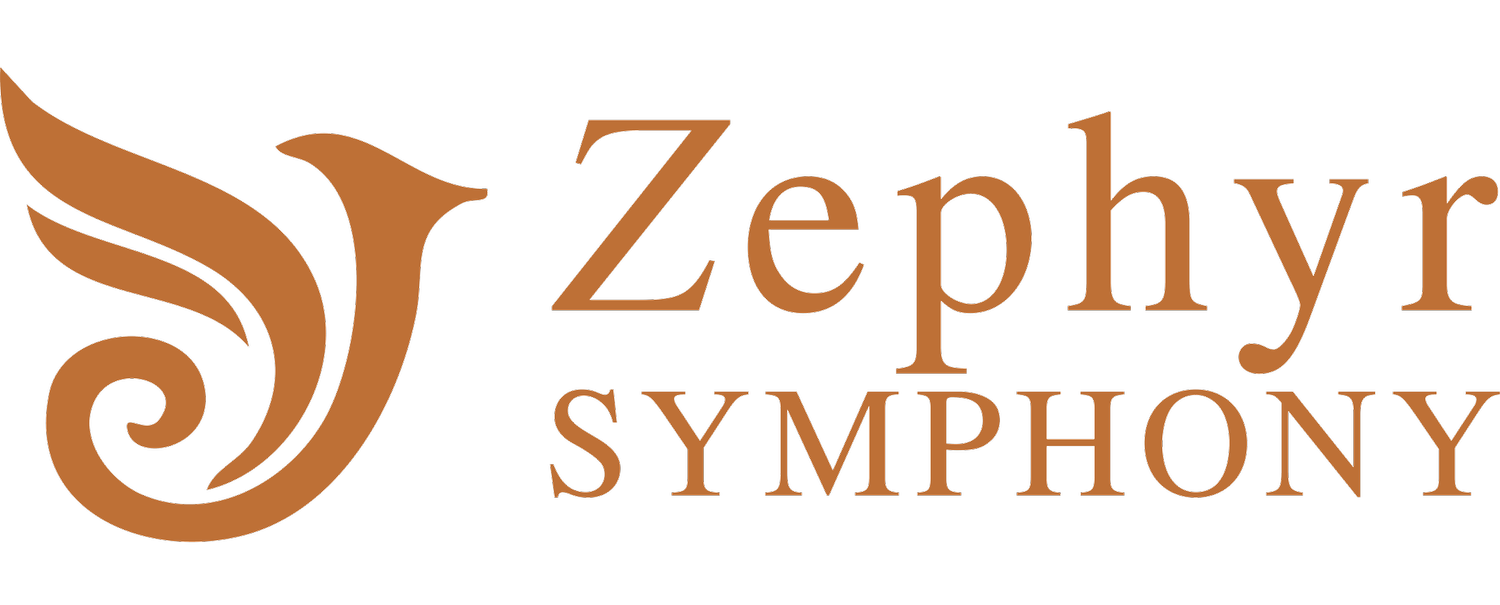
KINDERTOTENLIEDER
from sorrow to serenity to radiant joy
BENJAMIN APPL
MAY 8, 2027
St. Mark’s Lutheran Church, San Francisco
The Music
-
Anna Clyne’s Within Her Arms (2008) is a luminous elegy for string ensemble—music born from grief yet filled with tenderness. Written in memory of her mother, the work unfolds as a continuous meditation, its 15 strings moving in slow, breathing gestures that seem to cradle the silence between notes. The piece opens with fragile, overlapping lines—each phrase a thread of mourning—and gradually grows into moments of radiant intensity before subsiding once more into stillness.
Clyne described the piece simply as “music for my mother, with all my love,” and that intimacy permeates every measure. The texture is transparent yet deeply expressive, reminiscent of early sacred polyphony but infused with the emotional directness of modern minimalism. Without words, Within Her Arms communicates profound compassion, its gentle dissonances resolving like sighs of acceptance.
Rather than dramatizing grief, Clyne allows it to breathe—finding beauty in vulnerability, solace in unity. The music seems to hover between memory and release, evoking both the ache of loss and the quiet strength of love that remains. In its restraint and sincerity, Within Her Arms becomes not only a personal elegy but a universal expression of remembrance, holding the listener tenderly in its embrace.
-
Gustav Mahler’s Kindertotenlieder (Songs on the Death of Children), composed between 1901 and 1904, is among the most profoundly intimate works in the orchestral song repertoire. Setting poems by Friedrich Rückert, who wrote them after the loss of his own children, Mahler transforms private grief into transcendent art. The five songs trace a journey from anguish and disbelief to acceptance and spiritual calm—each one painted with delicate orchestration and psychological depth. Mahler’s music balances heartbreak and restraint, allowing emotion to unfold through luminous textures, fragile melodies, and moments of startling stillness.
In the hands of Benjamin Appl, one of today’s most expressive baritones, this cycle becomes a deeply human meditation on love, loss, and remembrance. Appl’s warm, burnished tone and exquisite command of text illuminate the quiet dignity at the heart of Mahler’s vision. His interpretation captures the paradox of these songs: their sorrow is immense, yet never without light. With every phrase, Appl invites listeners to share in the tender reconciliation between despair and peace that Mahler so hauntingly evokes. Kindertotenlieder remains a testament to music’s capacity to transform personal tragedy into universal compassion—a work that consoles even as it breaks the heart.
-
Ludwig van Beethoven’s Symphony No. 2 in D Major, Op. 36 (1802) stands at a pivotal moment in his life and art. Written as he grappled with the despair of encroaching deafness—confessed in the searing Heiligenstadt Testament—the symphony nevertheless radiates vitality, wit, and joy. Rather than yielding to tragedy, Beethoven responds with defiance and exuberance, channeling his struggle into music of astonishing optimism and creative freedom.
The opening Adagio introduction unfolds with noble grandeur before bursting into an Allegro of unrestrained energy. The second movement, Larghetto, offers serenity and lyrical grace—one of Beethoven’s most beautiful slow movements, imbued with warmth and quiet resilience. The Scherzo replaces the Classical minuet with something entirely new: mischievous, rhythmically bold, and brimming with humor. The finale, a whirlwind Allegro molto, erupts with laughter and joy, its explosive gestures and rhythmic surprises embodying Beethoven’s indomitable spirit.
This symphony marks a turning point from Classical elegance toward the daring individuality of his middle period. In its radiant D major tonality, Beethoven transforms personal adversity into an affirmation of life itself. The Second Symphony reminds us that even in the face of despair, creativity and courage can blaze forth with irrepressible light and laughter.
The season’s final program traces one of the most profound journeys in art and in life: the transformation of sorrow into renewal. In this closing meditation, three works—each born from personal struggle—guide us from darkness toward light, revealing music’s extraordinary power to heal, to console, and to restore joy.
Anna Clyne’s Within Her Arms opens with fragile tenderness and quiet grace. Written in memory of her mother, this elegy for 15 solo strings unfolds in long, sighing lines that seem to cradle the air itself. The music does not dramatize grief; it holds it gently, allowing love to become the sustaining presence beneath loss. In its stillness and intimacy, Within Her Arms reminds us that remembrance is not only mourning—it is devotion.
Mahler’s Kindertotenlieder (Songs on the Death of Children), sung here by the luminous baritone Benjamin Appl, transforms private tragedy into transcendent beauty. Setting the poetry of Friedrich
Rückert, Mahler writes with profound restraint, letting sorrow breathe through quiet intervals, tender horn calls, and translucent orchestration. What begins in mourning gradually finds serenity, as love and faith illuminate the path through despair.
Beethoven’s Symphony No. 2 in D Major, composed in the wake of his Heiligenstadt Testament—his confession of despair over impending deafness—erupts in radiant energy and unshakable optimism. It is music of defiance and laughter, filled with buoyant rhythm, lyrical warmth, and irrepressible joy. By the final movement, the darkness of Clyne and Mahler has lifted entirely; the human spirit stands renewed, triumphant, and unbound.
Light After Loss closes the season with a message both timeless and deeply human: that even in grief, beauty remains; that love outlasts silence; and that every ending carries within it the promise of beginning again.
Benjamin Appl, baritone
Don Scott Carpenter, conductor


